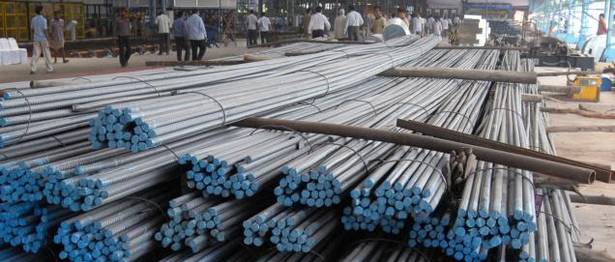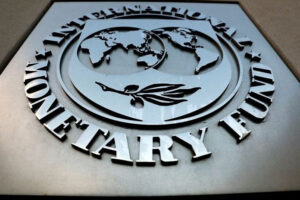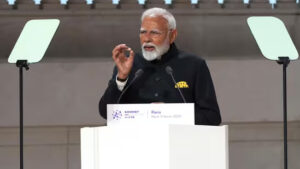Indian steel production to go up to 300 million tonnes by 2030: Experts

Kolkata, May.28 (HS): As India has become the world’s third largest consumer of steel after China and the USA last year, it has now envisaged to jack up its annual steel production to 300 million tonnes by 2030, since the country also has the distinction of being the world’s largest producer of sponge iron and the second largest producer of crude steel .
This view was expressed here today by a panel of experts associated with the burgeoning steel industry while participating in a day long ‘Annual Metals Conclave 2019’, organised by the century old Bengal Chamber of Commerce and Industry (BCCI) to discuss the overall scenario and the prospect of Indian metal industry with special emphasis on steel sector.
Participating in a panel discussion on’ International Perspective of Stainless Steel Industry’,Y P Singh Suri, Managing Director and Country Head Outokumpa steel India, a wholly owned subsidiary of the Norwegian conglomerate, said the demand for steel in India, particularly from the infrastructure sectors was expected to go up to as high as 150 million tonnes per year by the next decade,while the same from the automotive,engineering and transportation sectors was expected to be triple in size by the same period.
Since the country had targeted to increase the steel production to at least 300 million tonnes per annum by 2030 from around 220 million now,the per capita steel consumption in the country was also expected to increase to around 160 kg from only about 69 kg now after meeting the demand from all other major sectors, he said. .
But referring to the large scale availability of corrugated and low graded steel in the country as they were being produced by a large number of ‘road side factories’ representing the medium and small scale sectors at a much cheaper market rate, he said the demand fro non corrugated stainless steel was far from the satisfactory level causing concern to the major and large scale steel industries, including those belonging to the public sectors like SAIL.
In order to be at par with China or the USA, the government must intervene in this matter and take corrective steps to provide the Indian consumers 100 per cent pure stainless steel at a much cheaper price so that majority of people could afford them even for their daily usage materials, Suri said and called for a rational approach by both the government and the corporate sectors.
Echoing similar views Partha Sengupta, President, Operations JSW Steel, hailed the government decision to introduce GST about two years ago, and claimed that it had already streamlined the industry to a large extent by almost wiping out the grey industries who used to follow certain unacceptable norms.
Stating that steel industry had made a significant contribution in the economic development of the country, Sengupta said the sector had also contributed more than two per cent of the country’s GDP employing about 600,000 people.
Turning his attention to the overall production of steel in India which had now gone up to as high as 220 million tonnes from only about 97 million tonnes in 2012-13, he further stated that about 30 per cent of this were produced by the MSME industries unlike anywhere else in the world.






